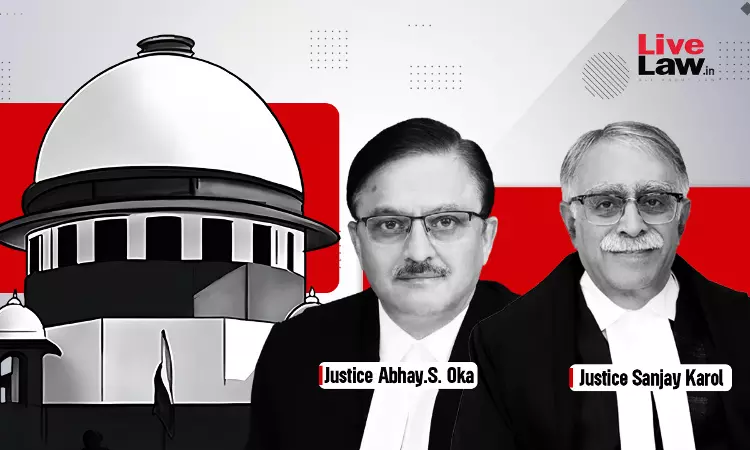Principles To Be Followed In Case Of Multiple Dying Declarations: Supreme Court Explains
Suraj Parmar
19 Oct 2023 2:44 PM IST

Next Story
19 Oct 2023 2:44 PM IST
The Supreme Court recently laid down the principles to be followed in cases where there are multiple dying declarations. The Court delved into the circumstances where the extent of burn injuries was considered when evaluating the credibility of dying declarations. The Court also clarified that evidence given by interested witnesses should be corroborated by an independent witness. In this...
